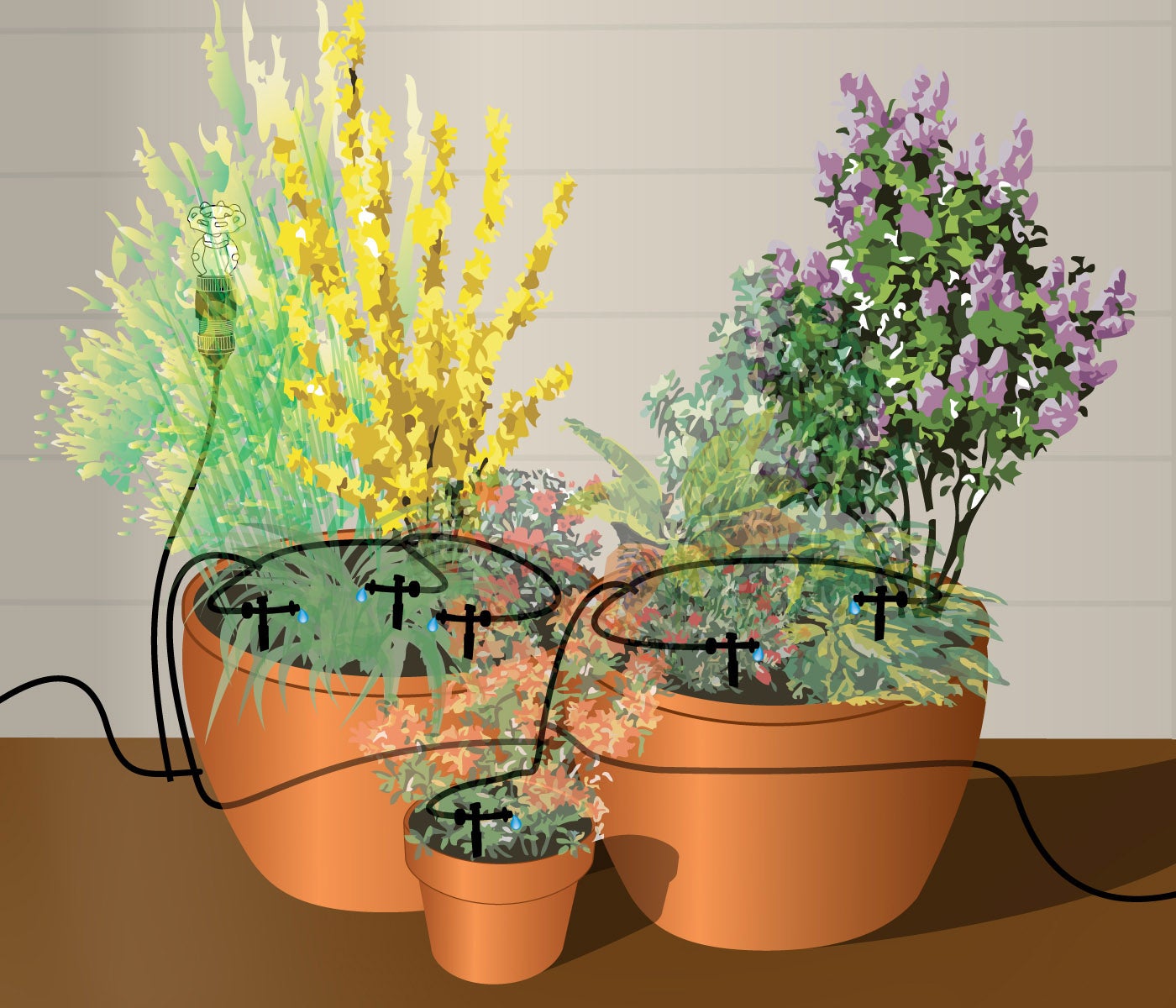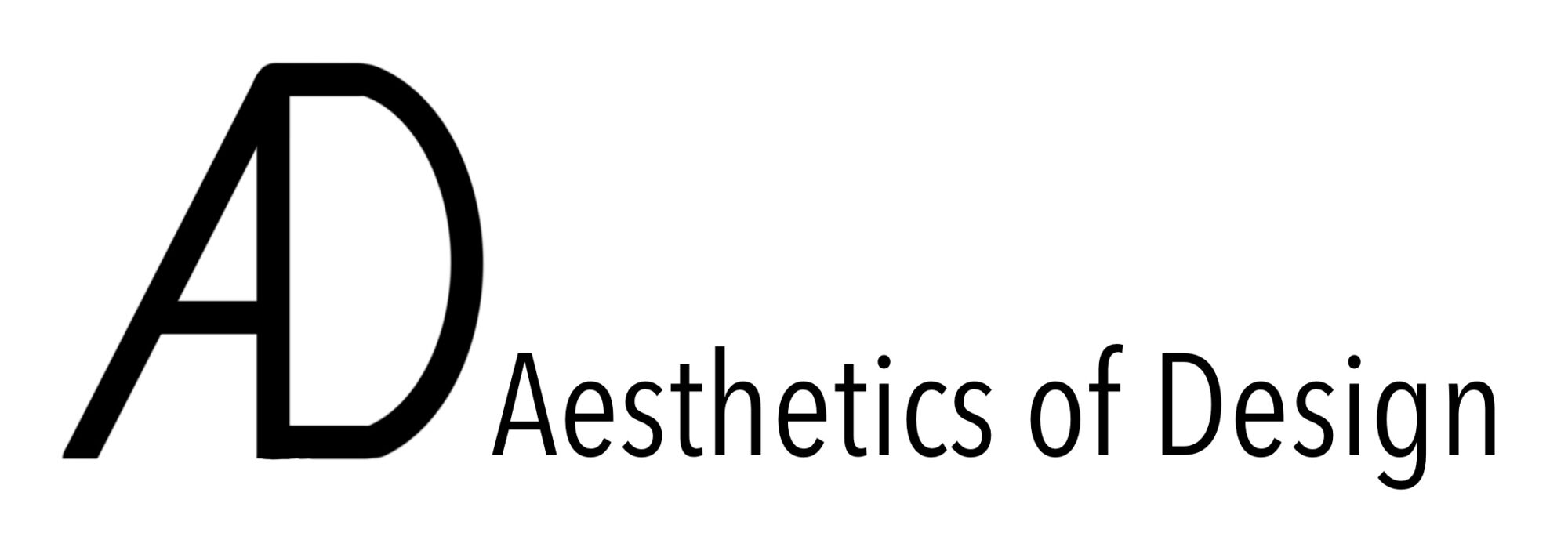(featured image generated by DALL-E AI)
Inspiration
While my upcycle project focuses on sustainability by repurposing a 2-liter bottle into a self-watering planter, this project will take a completely opposite approach. Instead of DIY rustic, this upcycle will embrace high-tech precision and engineered aesthetics. My inspiration for this project comes from my love for efficiency, automation, and cutting-edge materials. I want to push the limits of what an upcycled project can be by taking something simple and elevating it to an optimized, futuristic piece of functional design.
The High-Tech Upcycle Aesthetic
This project won’t rely on discarded materials like plastic bottles. Instead, I will explore high-tech materials such as aluminum, carbon fiber, and 3D-printed components to create a sleek, polished self-watering planter. The idea is to move away from the rough-cut, handmade aesthetic and into something that looks precision-machined and professionally manufactured.

Figure 1. Chopped Carbon fiber for 3D printing
The watering mechanism will also go beyond passive wicking. Instead of relying on a string to transfer moisture to the soil, this planter will integrate active irrigation. A small water pump, powered by a microcontroller, will automatically water the plant based on real-time soil moisture levels. This system will provide a level of efficiency and control that a passive wick system cannot match. I love it!
Aesthetic and Materials
For this project, I will use:
- 3D-printed components for a custom-fit, modular design.
- Aluminum or carbon fiber panels for a sleek, modern finish.
- Capacitive soil moisture sensors to track water levels with precision.
- A small pump to actively deliver water as needed.
- An integrated LED display to show moisture levels and water reservoir status.
The planter will have a minimalist, high-tech look. Think Apple product design meets biophilic aesthetics. Unlike traditional planters that hide the inner workings, this design will showcase its technology, making the watering system part of the visual appeal.
Building the Precision Self-Watering Planter
The process will start with designing the planter’s body using CAD software, ensuring each component is optimized for 3D printing and assembly. The reservoir will be made from a durable, clear acrylic, allowing visibility into the water levels while maintaining a polished, futuristic look.

Figure 2. Conceptual active irrigation system drawing inspiration from drip irrigation
Next, I will install the active irrigation system. The capacitive moisture sensor will monitor soil hydration, sending real-time data to a microcontroller (like an Arduino or Raspberry Pi). Based on this data, the pump will activate only when necessary, ensuring that the plant receives the optimal amount of water without overwatering.
The final step will be integrating an LED display to provide feedback on soil moisture, water levels, and even estimated refill times. This smart system will allow for automation while still maintaining a visually striking aesthetic.
Why This Project Matters?
This high-tech upcycle approach challenges traditional views on sustainability by demonstrating that upcycling doesn’t have to mean raw or rough, but it can also mean precision, optimization, and futuristic design. This planter merges technology with nature, elevating both function and form. By automating the watering process, it reduces water waste while ensuring plants receive the exact care they need.

Figure 3. Conceptual image representing nature and technology working together
Sources:
Images:
[1] Author: Unknown URL: https://www.automationalley.com/articles/how-chopped-carbon-fiber-affects-3d-printed-part-strength-and-stiffness [2] Author: Unknown URL: https://www.rainbird.com/homeowners/blog/5-drip-irrigation-projects-you-can-do-in-an-hour-or-less [3] Author: Noriko Wynn URL: https://www.aurecongroup.com/blog/posts/rewilding-technology-back-with-nature

1 Comment. Leave new
Hi Jacob,
This is a really interesting aesthetic; its fun to explore these opposite aesthetics because I feel like they lead to things that most would never seek out to plan. It is interesting to see a high tech planter because we normally think of natural and sustainable products associated with organics. Would this ever be something you would seriously consider making? If so, what challenges do you think you might face with the manufacturing?